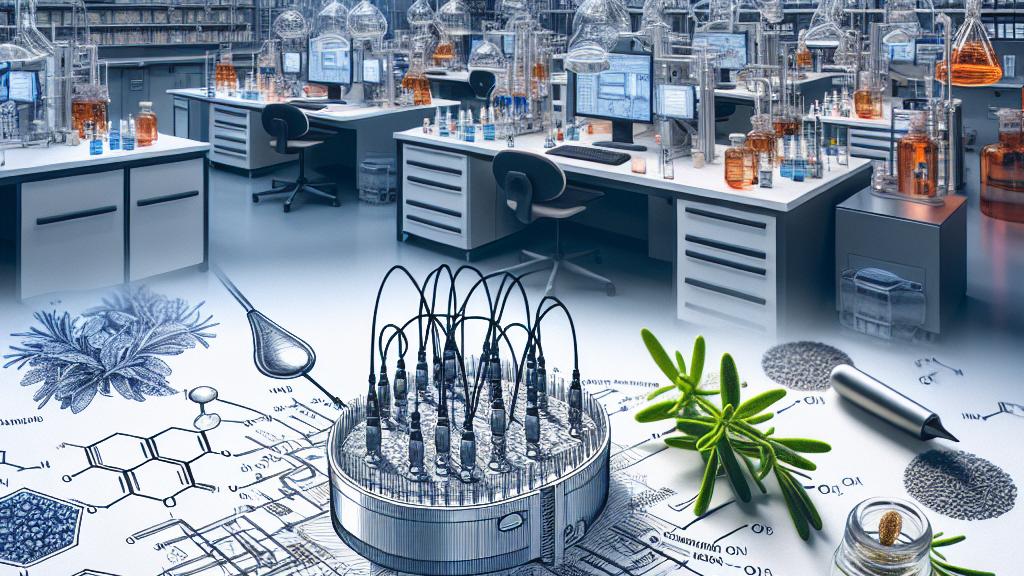Understanding How New Technology Can Identify Similar Smells
Overview
- Revolutionary biosensors replicate the human sense of smell.
- These sensors can accurately differentiate similar odors.
- They have exciting applications in food safety, environmental monitoring, and more.

The Groundbreaking Innovation in Biosensors
In Spain, a remarkable breakthrough has emerged from the Institute for Bioengineering of Catalonia, where researchers have developed cutting-edge biosensors that mimic the incredible human olfactory system. Imagine being able to differentiate between scents like rosemary and thyme, even when they are very similar! This innovative technology doesn't just stop there; it actually replicates the way our brains identify and interpret smells. By measuring subtle electrical changes that occur in olfactory receptors when they interact with specific odorants, scientists are gaining deeper insights into how we perceive aromas. This is a game-changer—showing how advancements in technology can lead us to design more sophisticated sensors for various industrial applications.
Decoding the Mechanism: How It Works
So, how exactly does this fascinating biosensor technology work? The key lies in a phenomenon known as the capacitive response. To put it simply, this refers to the minuscule electrical changes that occur when an odor molecule attaches itself to a receptor. Picture this: researchers immobilized a human olfactory receptor on a specially prepared gold surface, which dramatically enhances their ability to detect these changes. During compelling experiments, they explored three distinct odorants—dihydrojasmone and two types of carvone. Each time, these compounds triggered unique electrical signals in the receptor, giving researchers vital data about how different odors interact. This level of precision doesn’t just improve our understanding; it has immense potential for revolutionizing how industries approach scent detection.
Real-World Applications: Unleashing the Potential of Scent Detection
Now, let’s imagine the real-world implications of this incredible technology. Picture a bustling restaurant where chefs use these sensors to ensure that their food has the most appetizing aromas or farmers employing them to keep track of their produce's freshness—what a revolution! By sharpening our ability to distinguish between closely related scents, we are not only enhancing the functionality of our devices but also enabling them to seamlessly blend into various industries. For instance, in laboratories, these sensors could be invaluable for detecting specific chemicals during experiments, thus preventing potentially hazardous situations. Moreover, they could play a crucial role in safety systems, alerting workers to dangerous gases in industrial settings before issues arise. With such a broad spectrum of applications on the horizon, this groundbreaking biosensor technology is set to not only transform how we detect smells, but also enhance the safety and efficiency of multiple sectors, therefore redefining our interaction with the fragrant world around us.

Loading...